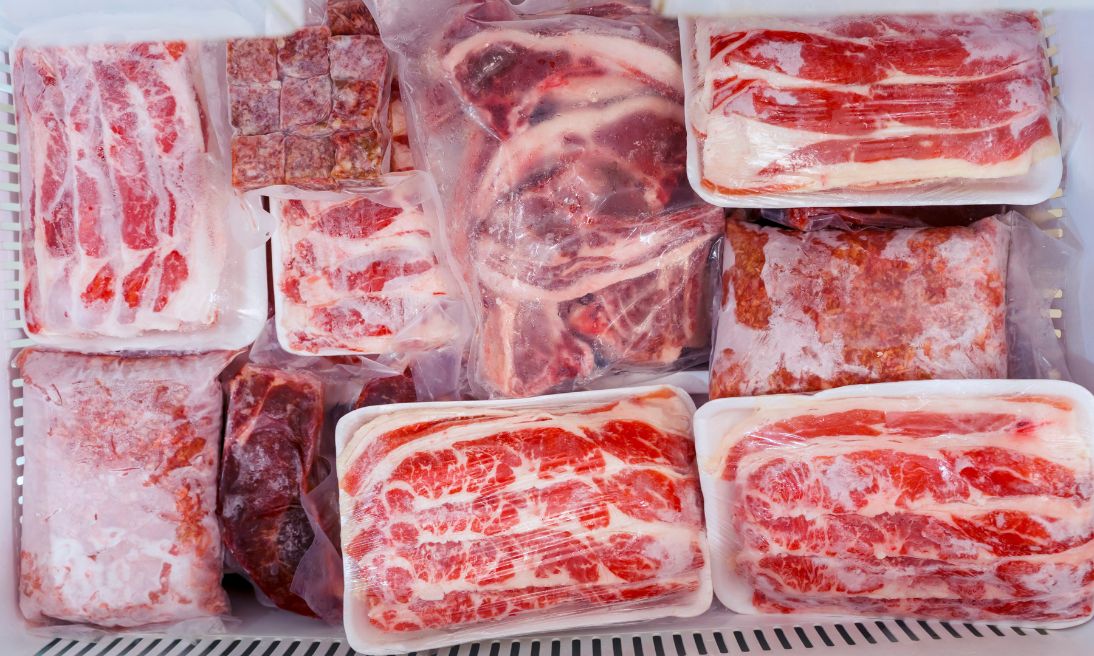Food safety is not something we compromise on. Every detail matters, from sourcing raw materials to packaging the final product. One key area that often goes unnoticed is the use of food-grade gases. These gases play a vital role in keeping food fresh, safe, and appealing. At Oxyplus Services Ltd, we provide high-quality food-grade gases that meet strict standards. Let’s walk you through everything you need to know.
What Are Food-Grade Gases?
Food-grade gases are gases that are purified and tested to meet safety standards for direct use in food and beverages. Unlike industrial gases, these are specifically processed to be safe for human consumption.
They are used in:
- Preserving packaged food
- Extending shelf life
- Carbonating drinks
- Protecting products during storage and transport
The most common food-grade gases include carbon dioxide (CO₂), oxygen (O₂), nitrogen (N₂), liquified petroleum gas and nitrous oxide (N₂O). Each gas serves a different role, but together, they help ensure the food you consume is safe and fresh.
Why Food-Grade Gases Matter
Imagine opening a pack of chips that tastes stale or pouring a soda that has lost its fizz. That’s what happens without food-grade gases. Their importance lies in three main areas:
- Safety – They protect food from contamination and harmful bacteria.
- Quality – They maintain texture, taste, and appearance.
- Shelf Life – They slow down spoilage, reducing food waste.
We see food-grade gases as invisible guardians of your food.
The Most Common Food-Grade Gases and Their Uses
Carbon Dioxide (CO₂)
- Keeps fizzy drinks sparkling.
- Prevents bacteria and mold growth in packaged food.
- Used in modified atmosphere packaging (MAP) to extend shelf life.
Oxygen (O₂)
- Maintains red color in fresh meat.
- Helps keep certain foods fresh where oxygen is necessary.
- Must be carefully controlled because it can also speed up spoilage.
Nitrogen (N₂)
- Displaces oxygen to prevent oxidation.
- Fills empty space in packaging to prevent crushing.
- Maintains freshness in coffee, chips, and nuts.
Nitrous Oxide (N₂O)
- Commonly used in whipped cream dispensers.
- Provides volume and texture in certain dairy products.
Each gas has its purpose, and using the right one makes a huge difference.
Safety Standards for Food-Grade Gases
Safety is our top priority. All food-grade gases must meet strict quality and purity standards before reaching your food. International standards such as ISO 22000, Codex Alimentarius, and HACCP guide how these gases are produced and handled.
Here’s what matters most:
- Purity levels must be extremely high.
- No toxic contaminants should be present.
- Storage and transport must follow safety guidelines.
At Oxyplus, we ensure our gases are produced, tested, and delivered under controlled conditions to meet these requirements.
How We Ensure Quality
We don’t just supply gases — we supply peace of mind. Our processes include:
- Rigorous testing of every batch.
- Certified storage and delivery systems.
- Clear labeling to avoid mix-ups with industrial gases.
- Regular staff training to handle food-grade gases safely.
This way, when you use our gases, you know you are meeting both local and international food safety standards.
Industries That Rely on Food-Grade Gases
Food-grade gases are not limited to one sector. They serve a wide range of industries, including:
- Beverages – Carbonation for soft drinks, beer, and sparkling water.
- Meat & Poultry – Preserving color and freshness.
- Dairy – Stabilizing whipped products and preventing spoilage.
- Snacks & Packaged Foods – Keeping products crunchy and safe.
- Frozen Foods – Used in chilling and freezing processes.
If your business deals with food, there’s a good chance food-grade gases play a hidden role in your operations.
Why Choose Us for Food-Grade Gases
We understand that when it comes to food, there is no room for error. That’s why we offer:
- High-purity gases that meet strict quality standards.
- Reliable delivery to keep your operations running smoothly.
- Expert guidance on selecting and using the right gas.
- Customer support that cares about your business success.
When you partner with us, you are not just buying gases—you are investing in quality, safety, and trust.
Tips for Safe Handling of Food-Grade Gases
Even with the highest-quality gases, safe handling is essential. Here are some tips we share with our clients:
- Always store cylinders in a well-ventilated area.
- Keep them away from heat and direct sunlight.
- Use the correct regulators and fittings.
- Train your staff on safe usage practices.
- Regularly check for leaks or damages.
Following these simple steps helps maintain safety in your food production process.
Final Thoughts
Food-grade gases may be invisible, but their impact is massive. They help ensure that the food we eat and the drinks we enjoy are fresh, safe, and delicious. At Oxyplus Services Ltd, we take pride in delivering gases that meet the highest quality and safety standards.
Looking for reliable food-grade gases in Uganda? Contact us today and let’s support your business with safe, high-quality solutions.
FAQs
1. What are food-grade gases?
Food-grade gases are purified gases safe for direct use in food and beverages. They meet strict safety standards to ensure consumer health.
2. Are food-grade gases different from industrial gases?
Yes. Industrial gases are not processed for consumption, while food-grade gases undergo special purification and testing.
3. Which industries need food-grade gases?
Beverages, dairy, meat, poultry, frozen foods, and packaged snacks all rely on food-grade gases.
4. How do food-grade gases extend shelf life?
They prevent bacterial growth, reduce oxidation, and maintain freshness in packaged foods.
5. Where can I buy food-grade gases in Uganda?
You can get high-quality, certified food-grade gases directly from us at Oxyplus Services Ltd.

